As an electrical engineer, you know that a PCB rework station is a critical tool for repairing and modifying printed circuit boards. But, like any precision equipment, it requires regular maintenance to ensure consistent performance and a long lifespan. In this ultimate guide, we’ll dive into PCB rework station maintenance tips, including cleaning rework station nozzles, calibrating rework station temperature, troubleshooting rework station problems, and extending rework station lifespan. Whether you’re dealing with a hot air rework station or a soldering/desoldering setup, these actionable steps will keep your equipment in top shape.
Let’s get started with a comprehensive breakdown of everything you need to know to maintain your rework station effectively.
Why PCB Rework Station Maintenance Matters
A well-maintained PCB rework station is essential for precision work on delicate circuit boards. Without proper care, you risk inconsistent temperatures, clogged nozzles, or even complete equipment failure—costing you time, money, and potentially damaging valuable PCBs. Regular maintenance not only prevents these issues but also ensures accurate soldering and desoldering, reduces downtime, and extends the lifespan of your equipment.
Think about it: a rework station operating at suboptimal performance might cause thermal stress on components, leading to failures like cracked solder joints or damaged traces. By following the tips in this guide, you can avoid these pitfalls and keep your projects on track.
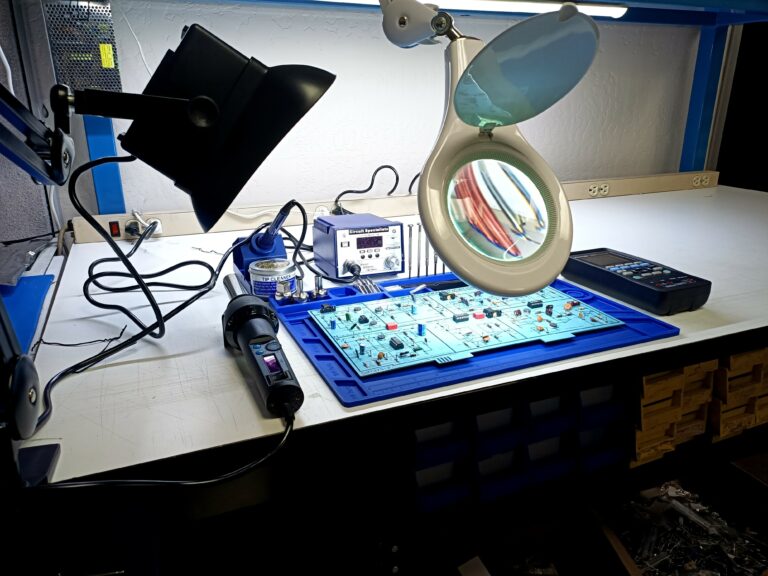
Essential PCB Rework Station Maintenance Tips
Let’s break down the core maintenance practices every electrical engineer should follow to keep their rework station performing at its best. These tips cover daily habits as well as periodic deep maintenance tasks.
1. Daily Cleaning and Inspection
After every use, spend a few minutes inspecting and cleaning your rework station. This prevents buildup of flux residue, solder particles, and dust that can affect performance. Here’s how to do it:
- Power Down and Cool Off: Always turn off the station and let it cool completely before cleaning to avoid burns or damage.
- Wipe Down Surfaces: Use a lint-free cloth to wipe down the exterior of the station, removing dust and debris.
- Check for Residue: Inspect the nozzles, tips, and other contact points for flux or solder buildup. Residue can interfere with heat transfer and airflow.
Pro Tip: Keep a small brush or compressed air can handy to remove loose particles from hard-to-reach areas. Avoid using excessive force, as this could damage sensitive components.
2. Cleaning Rework Station Nozzles
One of the most critical aspects of maintenance is cleaning rework station nozzles. Clogged or dirty nozzles can disrupt airflow in hot air rework stations, leading to uneven heating and poor results. Follow these steps to keep nozzles clean:
- Remove the Nozzle: Once the station is cool, carefully detach the nozzle from the hot air gun.
- Use a Cleaning Tool: Many rework stations come with a thin wire or needle tool to clear blockages. Insert it gently into the nozzle to dislodge debris.
- Soak if Necessary: For stubborn residue, soak the nozzle in isopropyl alcohol (at least 90% concentration) for 10-15 minutes, then scrub with a soft brush.
- Dry Thoroughly: Ensure the nozzle is completely dry before reattaching it to prevent corrosion or electrical hazards.
Frequency: Clean nozzles weekly if you use your rework station regularly, or immediately if you notice reduced airflow or uneven heating.
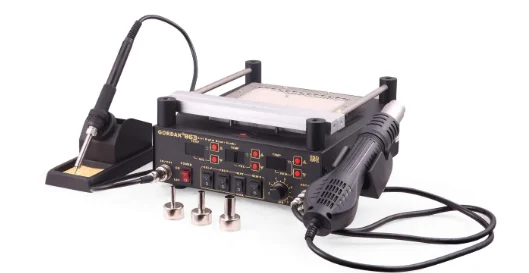
3. Calibrating Rework Station Temperature
Accurate temperature control is vital for PCB rework. If the temperature is off, you risk overheating components or failing to melt solder properly. Calibrating rework station temperature should be done monthly or whenever you suspect inaccuracies. Here’s how:
- Use a Thermometer: Invest in a reliable thermocouple thermometer or infrared temperature gun to measure the actual output temperature.
- Set a Test Temperature: Set your rework station to a specific value, such as 300°C (a common soldering temperature), and let it stabilize for 2-3 minutes.
- Compare Readings: Measure the temperature at the nozzle or tip. If there’s a discrepancy (e.g., reading 280°C instead of 300°C), adjust the calibration settings as per your station’s manual.
- Repeat for Accuracy: Test multiple temperature settings (e.g., 200°C, 350°C) to ensure consistency across the range.
Note: Some rework stations have built-in calibration modes, while others require manual adjustment. Refer to your user manual for specific instructions. A deviation of more than ±10°C can significantly impact soldering quality, so don’t skip this step.
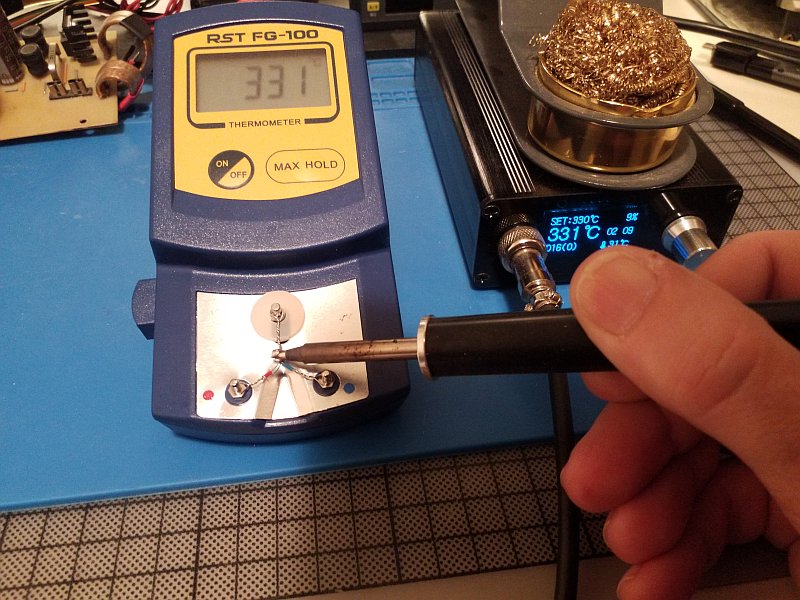
4. Inspecting and Replacing Consumables
Rework stations rely on consumable parts like soldering tips, heating elements, and filters. Over time, these components wear out and need replacement. Here’s what to check:
- Soldering Tips: Look for signs of oxidation or pitting. If the tip no longer holds solder properly, replace it. Tinning the tip after every use (applying a thin layer of fresh solder) can extend its life.
- Heating Elements: If your station takes longer to heat up or fails to reach the set temperature, the heating element may be failing. Test it with a multimeter for continuity—readings outside the manufacturer’s specified range (e.g., 8-12 ohms for some models) indicate a problem.
- Filters: Hot air stations often have filters to prevent debris from entering the system. Replace them every 3-6 months, depending on usage.
Keeping spare parts on hand minimizes downtime. Always use manufacturer-recommended replacements to ensure compatibility.
Troubleshooting Rework Station Problems
Even with regular maintenance, issues can arise. Knowing how to tackle troubleshooting rework station problems can save you from costly repairs or delays. Below are common issues and their solutions:
1. Inconsistent Temperature
Problem: The rework station doesn’t maintain the set temperature, fluctuating by more than 10-15°C.
Solution:
- Check for calibration issues using the steps above.
- Inspect the heating element for wear. A resistance reading significantly higher or lower than the specified range (e.g., 10 ohms for a typical element) indicates failure.
- Ensure the power supply is stable. Voltage drops below the required input (e.g., less than 110V for a 120V system) can cause inconsistencies.
2. Weak or No Airflow in Hot Air Stations
Problem: Airflow from the hot air gun is weak or nonexistent, affecting desoldering or reflow tasks.
Solution:
- Clean the nozzle as described earlier to remove blockages.
- Check the air pump or fan. If you hear unusual noises or no sound at all, the pump may need repair or replacement.
- Inspect air hoses for leaks or cracks. Even small leaks can reduce pressure significantly.
3. Station Fails to Power On
Problem: The rework station doesn’t turn on, showing no display or response.
Solution:
- Verify the power cord and outlet are functioning. Use a multimeter to check for continuity in the cord (should read near 0 ohms).
- Inspect the internal fuse, if accessible. A blown fuse will show no continuity and needs replacement with the exact rating (e.g., 5A, 250V).
- If the issue persists, there may be a fault in the control board—consult a professional technician or the manufacturer.
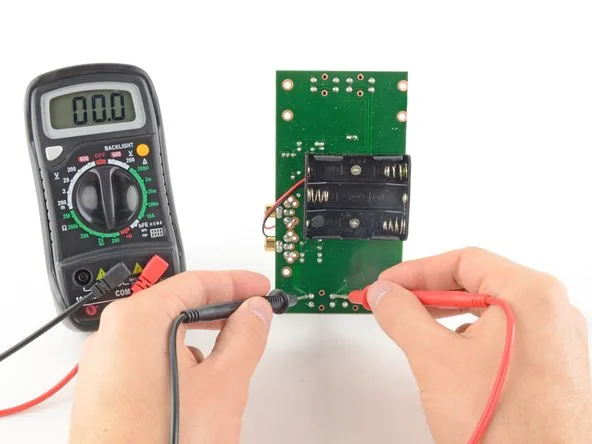
Extending Rework Station Lifespan
Beyond daily maintenance and troubleshooting, there are proactive steps for extending rework station lifespan. These practices can add years to your equipment’s usability.
1. Use Proper Settings
Always operate your rework station within the recommended temperature and airflow ranges. For example, avoid running a hot air gun at maximum temperature (often 450-500°C) for extended periods, as this stresses the heating element. Use the lowest effective settings for your task—typically 250-350°C for most soldering jobs.
2. Store Equipment Correctly
When not in use, store your rework station in a dry, dust-free environment. Use protective covers for tips and nozzles to prevent contamination. Avoid exposing the station to extreme temperatures or humidity, as these can degrade internal components over time.
3. Schedule Professional Servicing
Even with diligent care, professional servicing every 1-2 years can catch issues you might miss. Technicians can perform deep cleaning, replace worn internal parts, and recalibrate the system to factory standards. This is especially important for high-end stations used in professional settings.
Real-World Example: In my early days as an engineer, I neglected regular maintenance on a rework station during a high-volume project. After a few months, the nozzle clogged completely, and the temperature readings were off by 20°C. A $50 repair turned into a $200 replacement part because I ignored early warning signs. Lesson learned—routine care saves money!
Tools and Supplies for Rework Station Maintenance
Having the right tools makes maintenance easier and more effective. Here’s a checklist of essentials:
- Isopropyl Alcohol (90% or higher): For cleaning nozzles and tips.
- Lint-Free Cloths: To wipe down surfaces without leaving residue.
- Compressed Air Can: For blowing out dust from tight spaces.
- Multimeter: For testing electrical components like heating elements and fuses.
- Thermocouple Thermometer: For accurate temperature calibration.
- Small Brushes or Wire Tools: For cleaning nozzles and tips.
Keep these items in a designated maintenance kit near your workbench for quick access.
Common Mistakes to Avoid
Even experienced engineers can make mistakes during maintenance. Here are pitfalls to watch out for:
- Cleaning While Hot: Never clean or disassemble a rework station while it’s powered on or hot. This risks burns and equipment damage.
- Using Incorrect Parts: Always use manufacturer-approved replacement tips, nozzles, and elements. Generic parts may not fit properly or handle the required power.
- Ignoring Calibration: Skipping temperature checks can lead to undetected inaccuracies, damaging components over time.
Conclusion: Keep Your PCB Rework Station in Peak Condition
Maintaining a PCB rework station doesn’t have to be complicated, but it does require consistency and attention to detail. By following these PCB rework station maintenance tips—from cleaning rework station nozzles and calibrating rework station temperature to troubleshooting rework station problems and extending rework station lifespan—you can ensure reliable performance for years to come. Remember, a small investment of time in maintenance saves you from costly repairs and project delays.
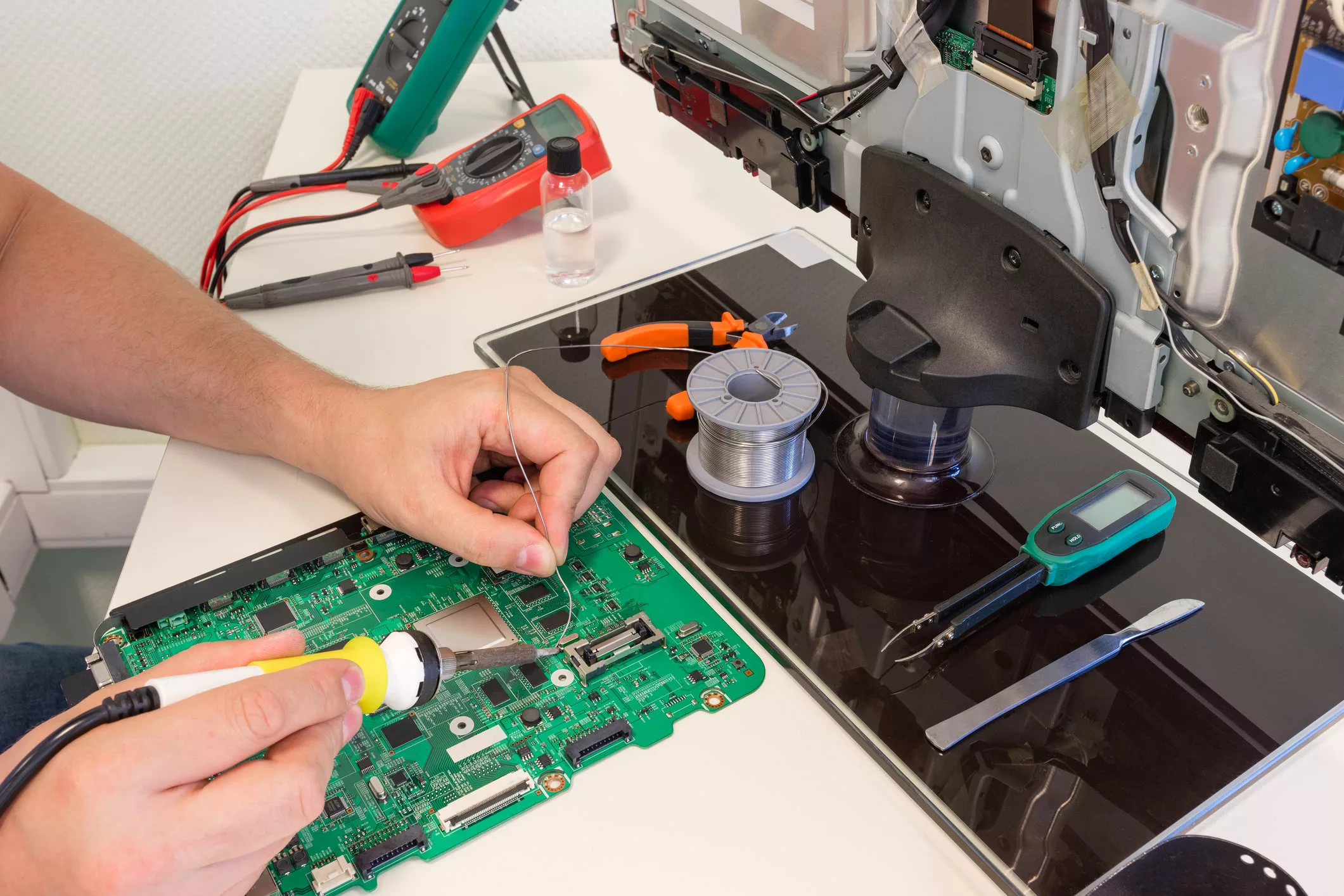
 ALLPCB
ALLPCB







